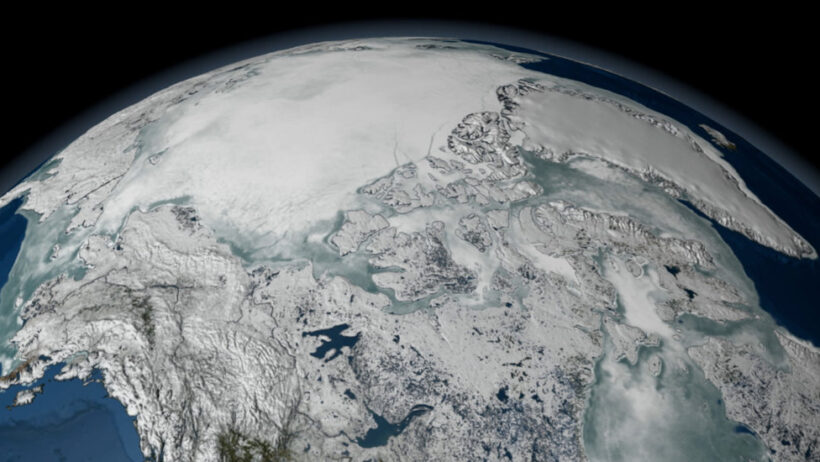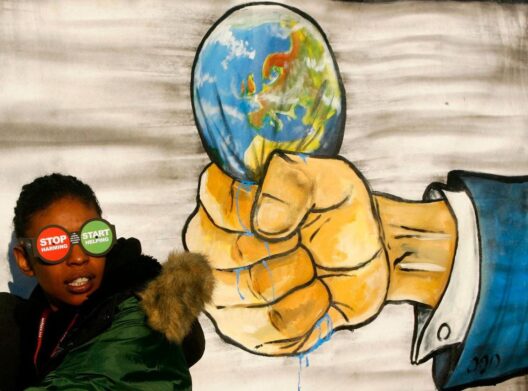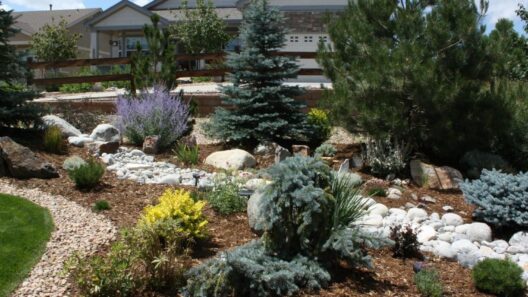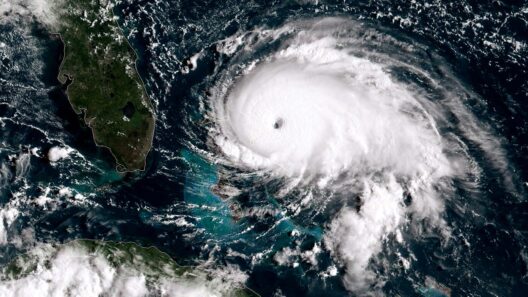In the complex tapestry of Earth’s climate, the notion that global warming could lead to colder winters might seem counterintuitive, as if the sun itself were playing a game of hide and seek, cleverly hiding behind clouds of uncertainty. Yet, this paradox is supported by scientific inquiry, revealing how the consequences of a warming planet can yield erratic and extreme weather patterns, illuminating a fascinating interplay between warming trends and winter’s biting chill.
To unravel this premise, one must first understand that climate and weather, though often used interchangeably in casual conversation, are distinct entities. Weather is the short-term expression of atmospheric conditions—think of it as a play in a single act, while climate is a long-term narrative, shaping our experience over decades. Global warming, driven chiefly by anthropogenic emissions of greenhouse gases, pushes the climate narrative forward, creating scenarios wherein winter conditions can indeed become colder despite an overall increase in global temperatures.
The crux of the conundrum lies in the Arctic, that vast expanse of ice and snow, often considered the planet’s refrigerator. As global temperatures rise, this vital component of Earth’s climate system is undergoing alarming transformations. The melting ice caps release vast amounts of freshwater into the North Atlantic, disrupting the delicate balance of ocean currents. These currents, crucial in regulating temperatures across the globe, begin to falter, paving the way for an unpredictable winter landscape.
Consider the interplay between the Jet Stream—a high-altitude river of air that generally flows west to east around the Northern Hemisphere—and the planet’s warming core. With Arctic temperatures rising significantly faster than those in the tropics, a process known as polar amplification occurs. This phenomenon weakens the Jet Stream, which dips and sways more erratically, drawing cold Arctic air down into typically temperate regions. The result? Colder winters gracing places that might otherwise experience milder weather, an arctic embrace stretching latitudes further south.
This paradox resonates vividly during extreme weather events, such as the infamous polar vortex, where frigid air masses break free from their Arctic confines, plunging cities into unprecedented cold. In 2014, an extraordinary polar vortex event resulted in subzero temperatures sweeping across the United States. This, rather than contradicting the notion of global warming, underscores its intricate complexities. The very warming that leads to polar melting can simultaneously facilitate conditions for colder winters.
To further illuminate this point, one must consider the feedback loops inherent in this system. The loss of sea ice, an undeniable consequence of warming, exposes dark ocean waters, which absorb sunlight rather than reflecting it back into space. The additional heat enhances ocean temperatures, which can then affect atmospheric conditions. Increased moisture levels in warmer seas can culminate in heavier snowfalls in winter, presenting a contradictive phenomenon where winter seems both colder and snowier—a kind of wild dance between warmth and chill.
Yet, the impacts of climate change extend beyond mere temperature fluctuations. Altered precipitation patterns may also play a role, as warmer air holds more moisture, leading to heavier snowfall events. This could create the illusion of colder winters, as the increased snowfall coats environments in a wintery white, even as average temperatures rise. Regions accustomed to moderate conditions may find themselves experiencing heavier, wetter winters—a distinct reminder that climate systems operate on a scale vastly larger than our immediate perceptions.
The broader implications of these changes not only affect our immediate environment but also resonate through ecological systems, as flora and fauna exhibit remarkable adaptability to shifting climates. Some species may thrive in altered conditions, while others—those that have adapted over millennia to a stable climatic regime—struggle and face extinction. Such losses haunt ecosystems, intertwining the fabric of biodiversity in a delicate balance.
Urban centers, too, witness these climatic vicissitudes—weaving a tale of adaptation and resilience. Cities are often characterized as heat islands, where urban infrastructure traps warmth, yet experience the sharp contrasts of weather as colder winters infiltrate urban environments. A chilly winter may necessitate infrastructure upgrades, heating services, and snow removal efforts that strain resources. Effective urban planning must, therefore, consider these changing climate dynamics to holistically address the myriad challenges posed.
As foreboding as these implications may seem, they also present an enduring opportunity for action. The keys to mitigating these adverse effects lie within our grasp as communities band together, advocating for renewable energy sources, sustainable agricultural practices, and carbon reduction initiatives. Closer scrutiny of our actions and their impact on the climate can mobilize citizens toward a common goal—a collaborative effort driven by an intrinsic understanding of our relationship with the Earth.
In conclusion, global warming, paradoxically, may indeed birth colder winters, manifesting through a complex, multi-dimensional interplay of temperature fluctuations, atmospheric dynamics, and ecological repercussions. Cold winters, while serving as stark reminders of our planet’s shifting climate, also spotlight a pivotal moment for introspection and decisive action. As the world continues to grapple with these convoluted realities, one must face the challenge with pragmatic resolve, harnessing our collective willpower to ensure a resilient and sustainable future.







